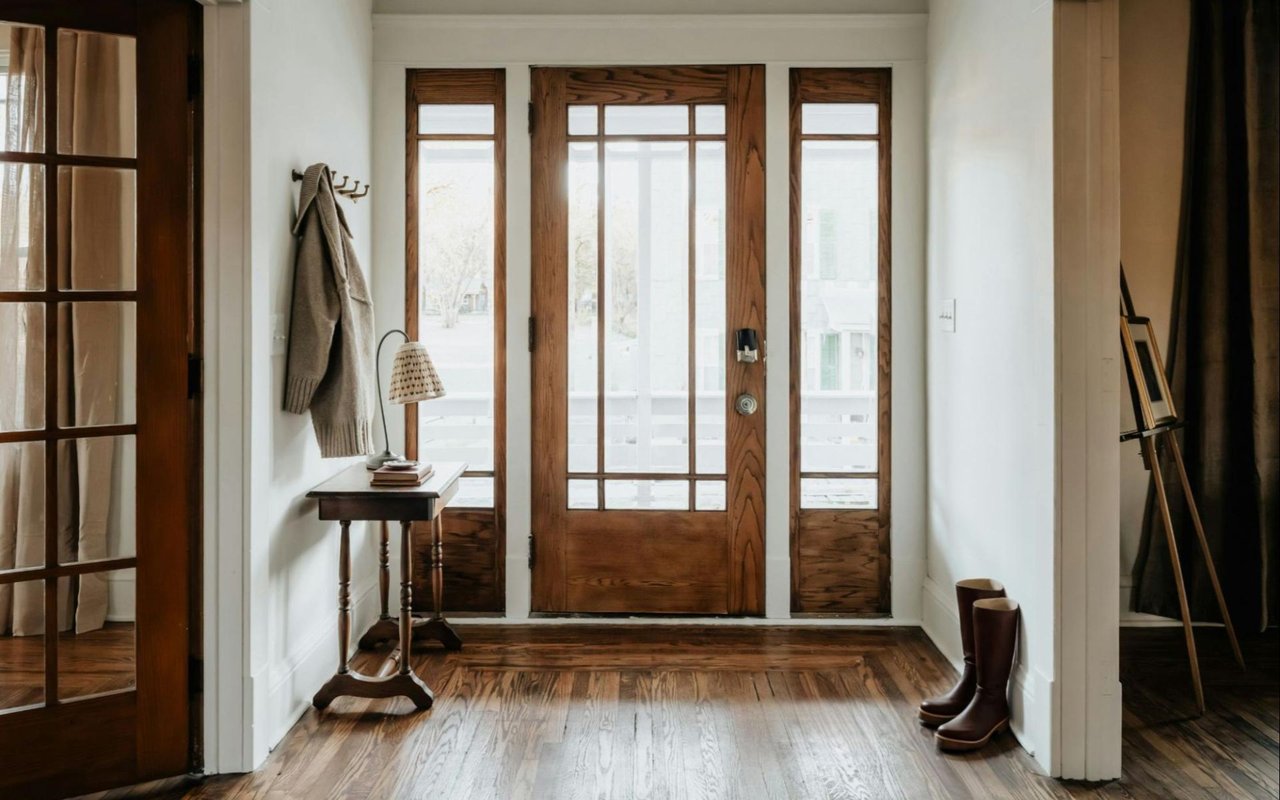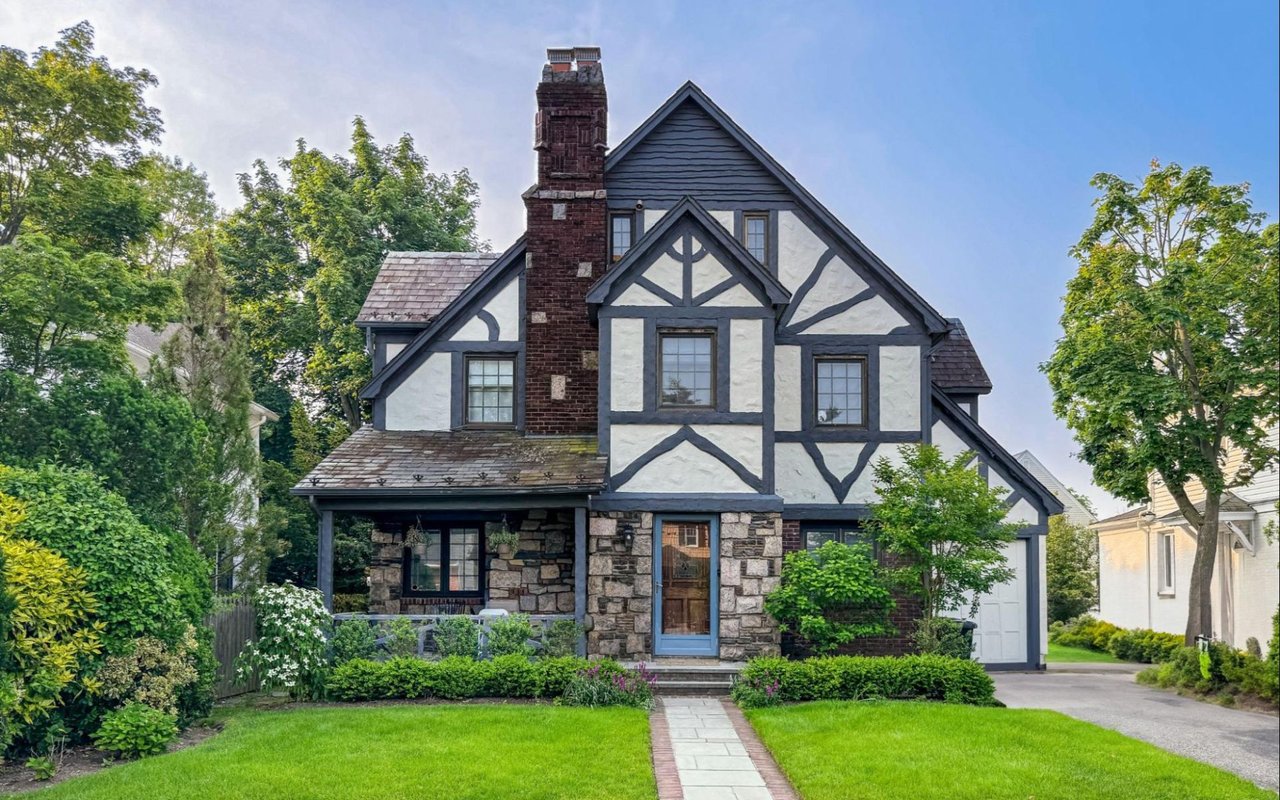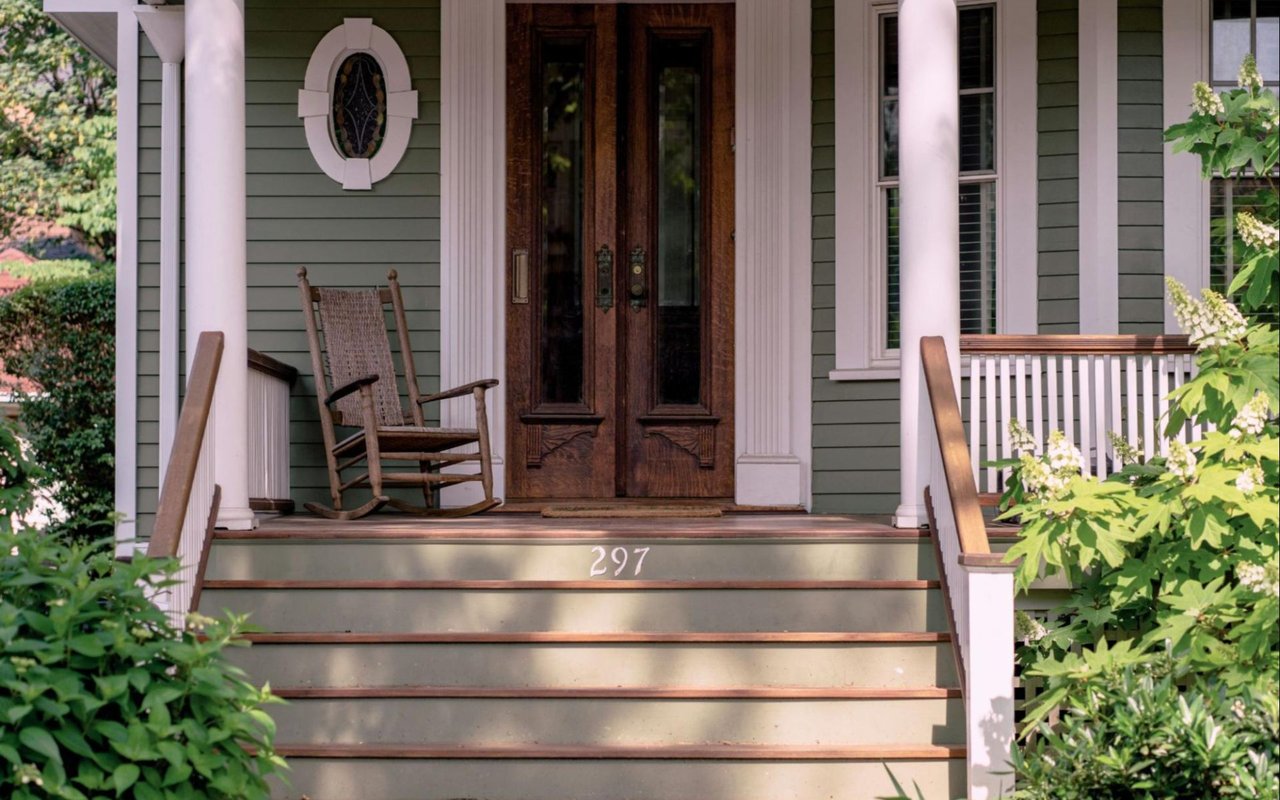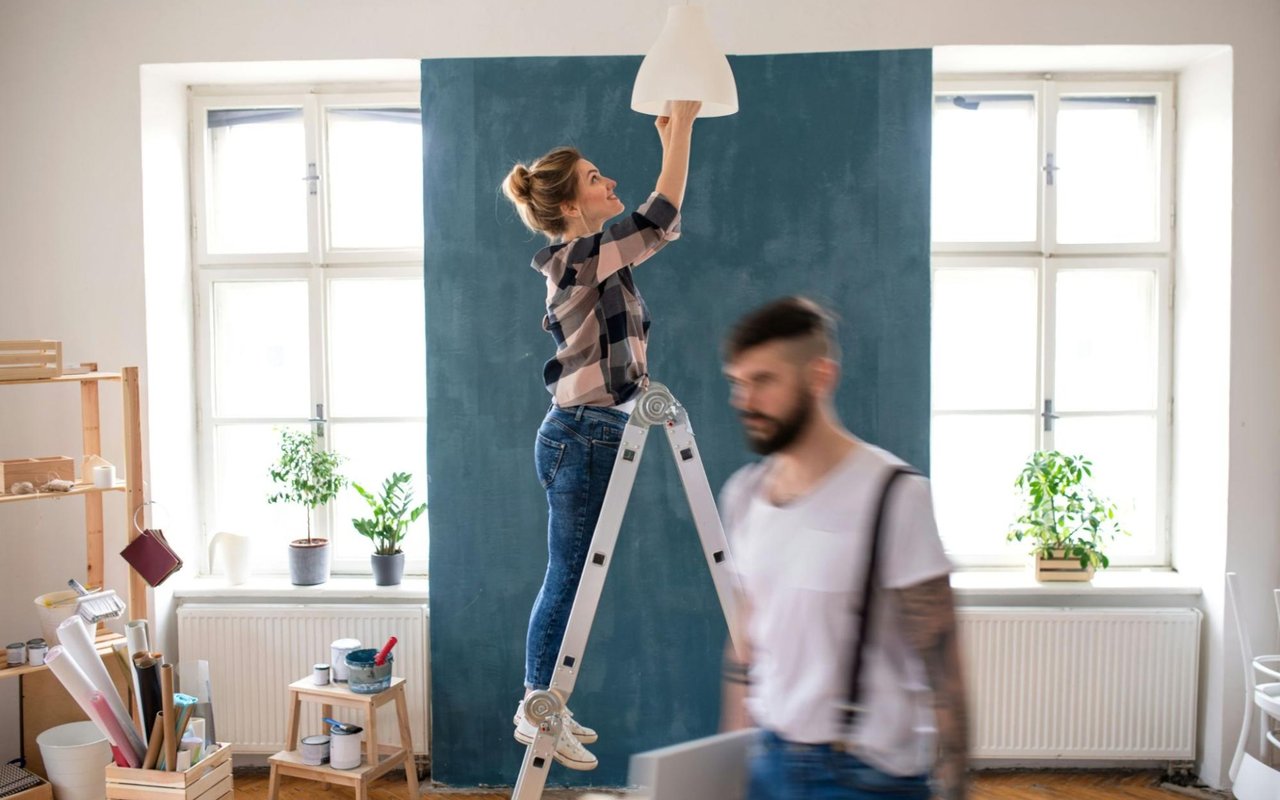Decorating a historic home is an artful balance between preservation and personalization. These homes often come with architectural details, craftsmanship, and a unique sense of history that can’t be replicated in new construction. Whether it’s a classic Colonial, a Victorian-era gem, or an early 20th-century Craftsman, historic homes in areas like Watkinsville, Georgia are treasured for their charm and authenticity. But while their character is unmatched, designing interiors that honor the past while supporting modern living requires thoughtful planning. The goal is to enhance what’s already special while making the space feel livable and current.
Respect the Original Architecture
The first rule in decorating a historic home is to honor the architectural integrity that makes it unique. That means working with, rather than against, features like original hardwood floors, crown molding, fireplace mantels, built-in cabinetry, or pocket doors. Instead of covering these elements up or attempting to “modernize” them completely, design choices should highlight their craftsmanship.
Paint can be a powerful tool for this. Neutral or historically inspired hues allow details to stand out without overwhelming the space. Wood trim, for instance, can be restored or refinished rather than painted over, preserving the texture and depth that comes with age. Original windows can be enhanced with period-appropriate hardware or custom drapery that complements their shape rather than concealing them.
Even if updates are made to improve energy efficiency or functionality, such as replacing lighting or adding new appliances, selecting options with a traditional silhouette or finish helps maintain visual continuity throughout the home.
Blend Period Style with Modern Comfort
One of the most common challenges homeowners face when decorating an older home is finding the balance between historical style and modern living. While it’s tempting to lean heavily into antiques or reproductions, this can result in spaces that feel more like museums than functional homes. The key is thoughtful layering.
Modern furniture can absolutely have a place in a historic home—especially when it’s clean-lined, scaled appropriately, and surrounded by more traditional materials. A sleek sofa in a room with original wainscoting and wide-plank flooring creates contrast without clashing. Similarly, contemporary art or lighting can add freshness to otherwise classic spaces, giving the home a curated and updated look.
Where possible, maintain the flow and proportions of each room. Older homes weren’t designed with open-concept living in mind, so instead of forcing a layout to mimic new construction, work with the existing configuration. Define spaces with rugs, lighting, and cohesive color palettes that transition smoothly between rooms.
Highlight Historic Details with Intentional Design
Historic homes come with built-in character, and smart interior choices can draw attention to these features. Decorative molding, ceiling medallions, transom windows, and fireplaces deserve to be focal points—not afterthoughts. Decorating around these details means avoiding clutter and choosing complementary materials that highlight their texture and shape.
For example, in a room with ornate crown molding or original plasterwork, simple window treatments and restrained decor can let the architecture shine. In a dining room with a built-in hutch or fireplace, the right lighting fixture—such as a vintage chandelier or modern lantern with historical flair—can elevate the entire space without overwhelming it.
Mirrors can also play an important role in historic home design. They reflect light and help brighten rooms that may have smaller or fewer windows, and when placed above a fireplace or console, they also create a visual anchor that feels timeless.
Incorporate Antiques and Heirlooms Thoughtfully
Antique furniture and vintage accents are natural fits for historic homes, but moderation is key. A home filled exclusively with period pieces may feel dated or heavy. Instead, select a few meaningful or well-crafted antiques to use as focal points—such as a hand-carved armoire, a farmhouse table, or an heirloom sideboard—then surround them with modern or transitional elements.
Mixing old and new adds depth and allows each piece to breathe. A mid-century chair paired with a Georgian desk can create an unexpected harmony. Reupholstering antique furniture in contemporary fabrics can also breathe new life into older pieces while helping them function within modern color schemes.
Decorative accessories should be similarly curated. Books, ceramics, and artwork from different periods can be layered to create a story that feels both personal and collected over time—exactly the kind of aesthetic that suits an older home.
Upgrade Functionality Without Compromising Charm
Incorporating modern conveniences is essential to livability, but the updates should be done in a way that respects the home's age. Kitchens and bathrooms in historic homes are often where the most dramatic changes are made, and with the right design approach, these spaces can be both functional and period-sensitive.
Custom cabinetry with inset doors, unlacquered brass fixtures, and marble or soapstone counters can provide a modern kitchen experience while maintaining traditional style. In bathrooms, clawfoot tubs, pedestal sinks, and hex tile flooring help bridge the gap between historic inspiration and daily comfort.
Lighting and technology upgrades should also be approached thoughtfully. Replacing light switches and outlet covers with vintage-style plates, selecting fixtures that echo the home’s architectural period, and using concealed wiring where possible all help preserve the original aesthetic while meeting today’s needs.
A Timeless Living Environment
Decorating a historic home is an opportunity to live within a story—one that continues to evolve with each design decision. While the architectural elements provide a foundation rooted in the past, the way those spaces are styled should reflect how people live today. The most successful interiors blend respect for craftsmanship and heritage with personality, function, and comfort.
For homeowners in Watkinsville and surrounding areas, historic properties offer a rare chance to experience a lifestyle rich in character and distinction. Decorating these homes thoughtfully ensures that their value—both emotional and financial—is preserved for generations to come.
To learn more about buying or selling a historic home or to explore available homes in Watkinsville, contact the Holly Purcell Group for expert guidance tailored to your real estate goals.



